After our mandatory trip to the pier, Camilla and I went shopping today, browsing through the many charity shops and fingering garments with the warning: do not hold near flame, as well as strange Scottish coin purses and costume jewelry and knick-knacks. She got two plaid shirts which she will embroider, and I got hungry.
So we went to a salad bar, where we were plied with garbanzo beans, mint feta cheese chunks, capers, arugula, chorizo, and other items which admittedly could be found in a salad on the other side of the Atlantic, but not like that, no, not like that. It was good, though.
Then we sat in the sun in the park while Camilla climbed a tree, as one does while telephoning. I worked on another illuminated manuscript-y thing, and we were both quite content.
A trip to the end of the beach, which, since this is the weekend, was crowded with pink clad little girls and rock throwing little boys and Aberdeen terriers and burly men with sticks and fat women in mini skirts and skinny stooped old men with multi-pocketed vests and binoculars, and, of course, us.
Tomorrow at 7 in the morning we depart via bus for Leeds, whence we will take a plane to Venice.
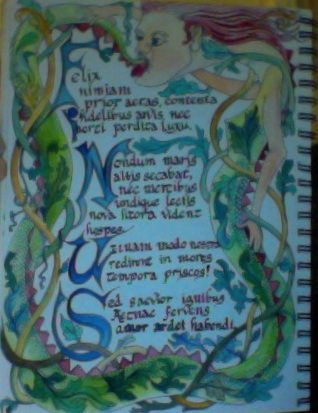
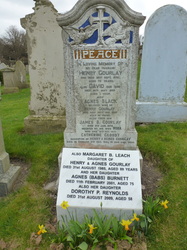
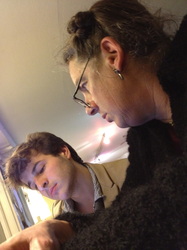
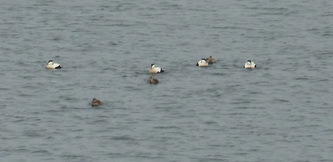
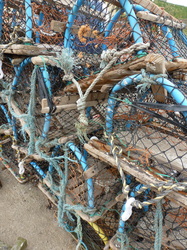
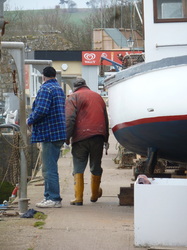
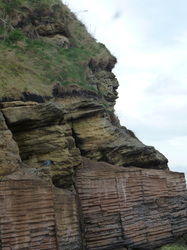
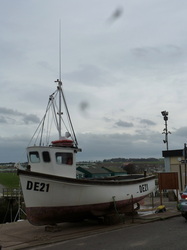
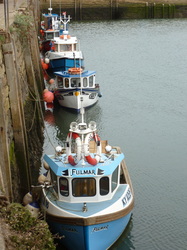
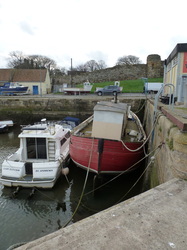
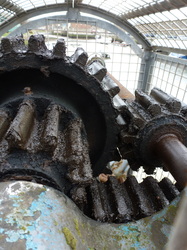
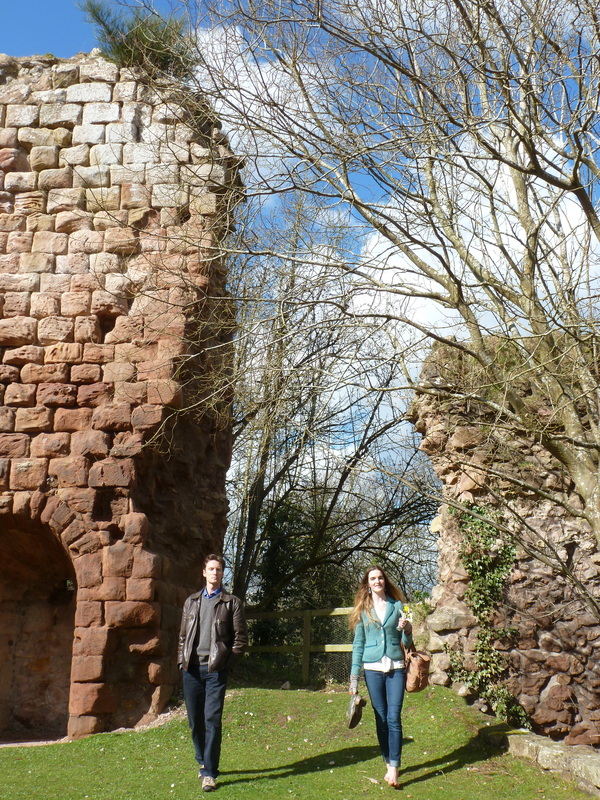
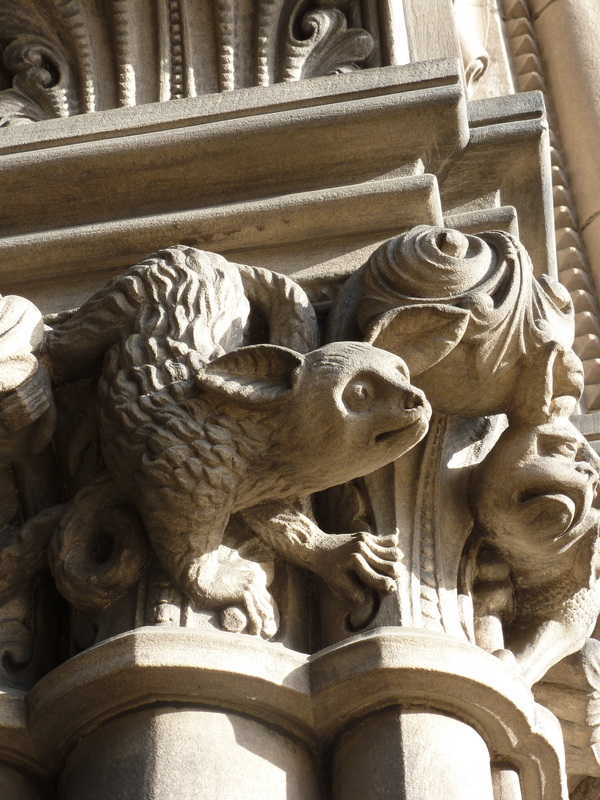
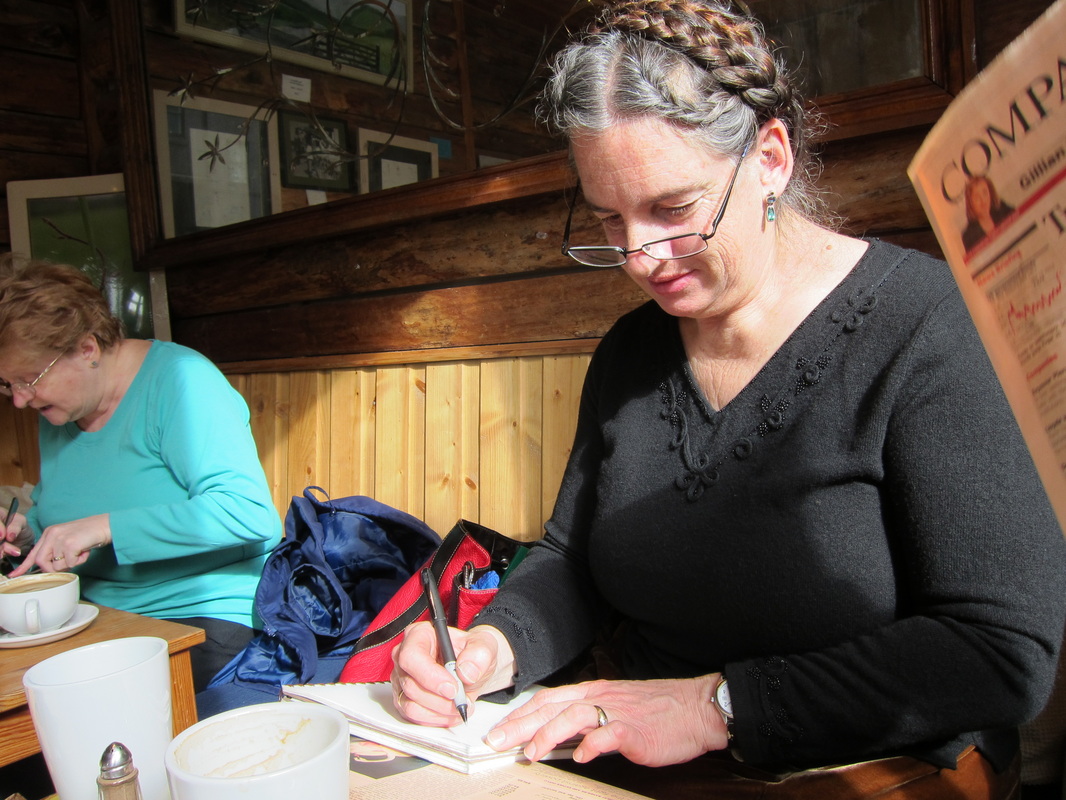
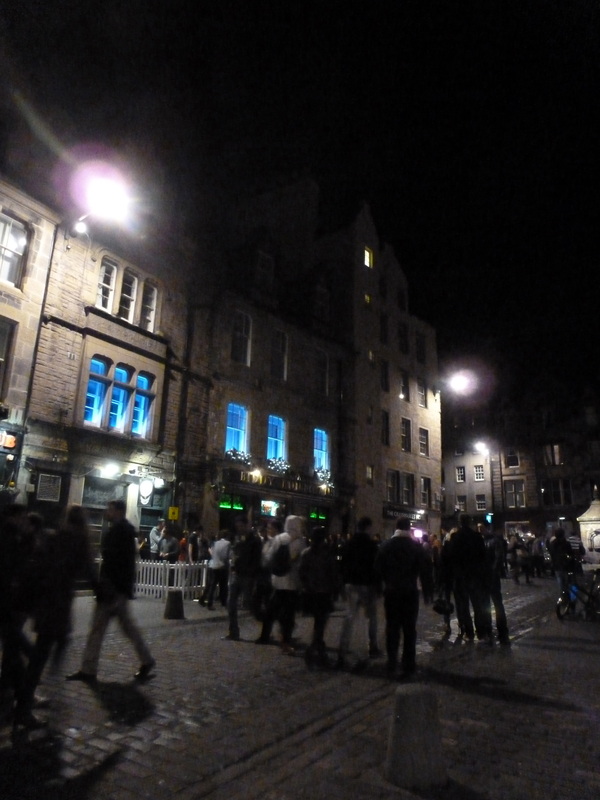
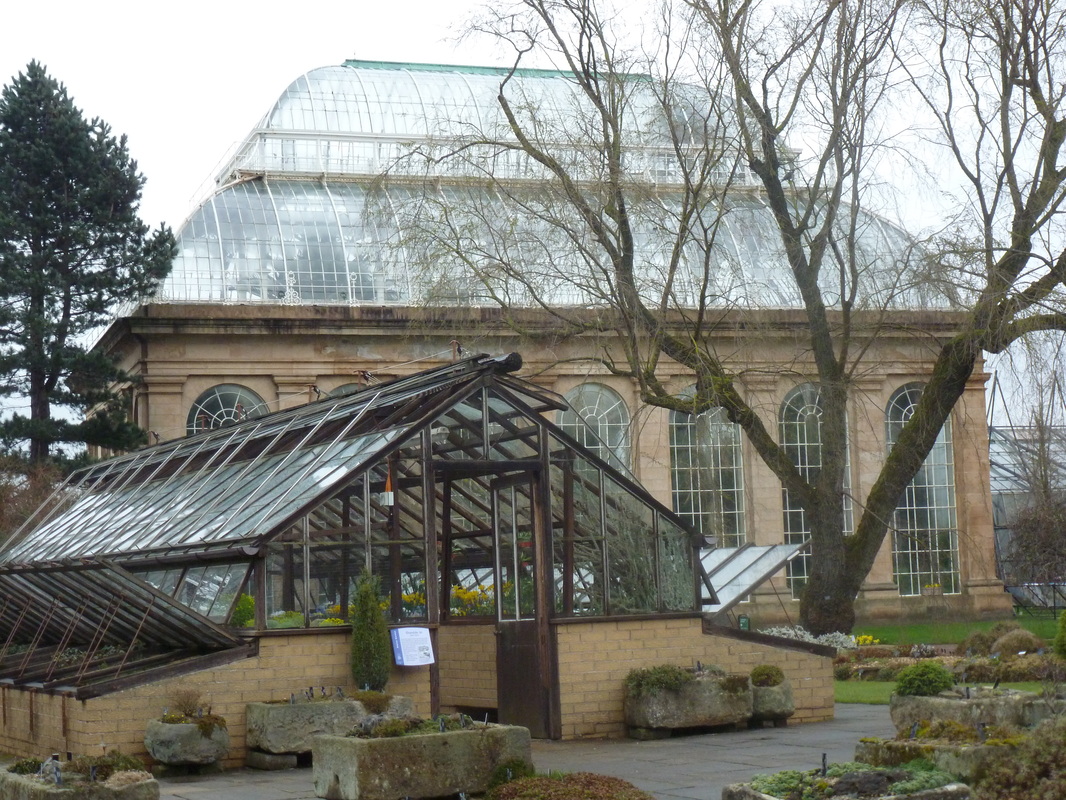
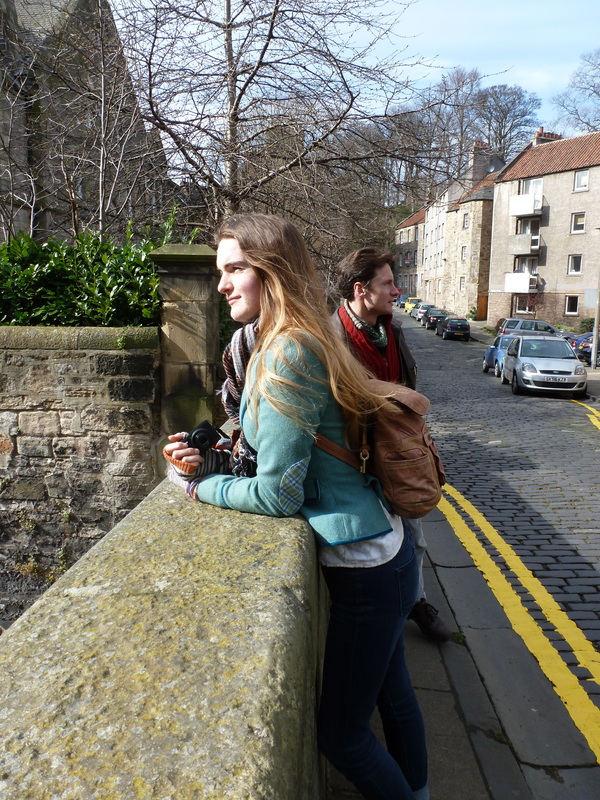
 RSS Feed
RSS Feed
